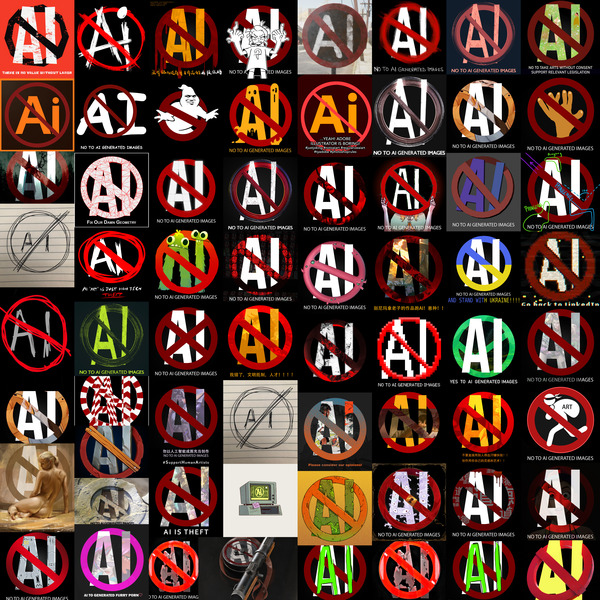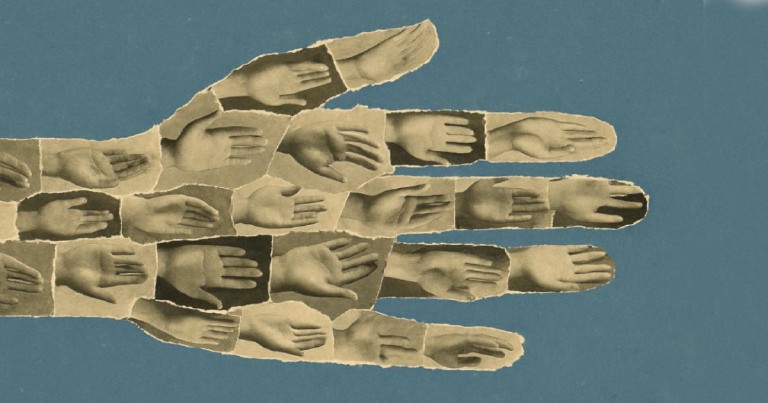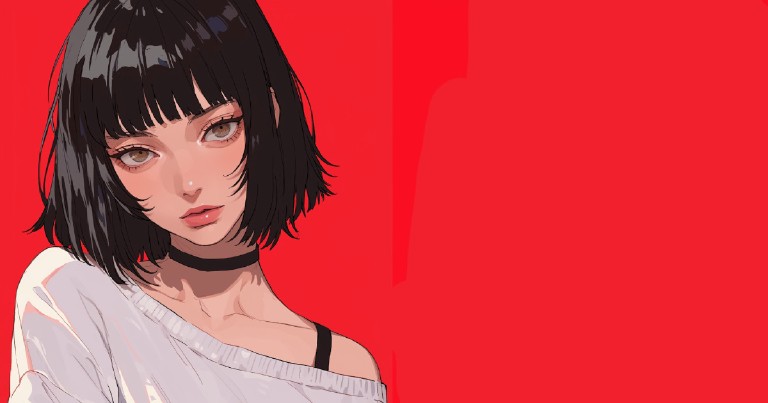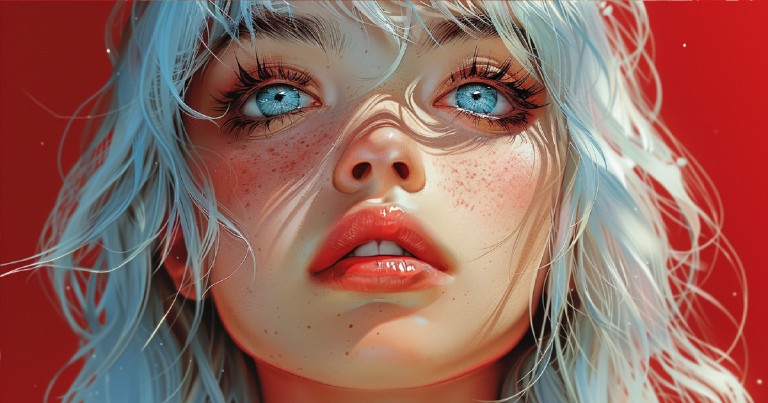AI-generated Art and AI-generated code are treated differently
Table of contents
AI-generated Art and AI-generated code are treated differently
Today, while doom scrolling on Zuckerberg’s social network, the algorithm recommended me an image of Sakura Card Captors in the style of the Spanish painter Remedios Varo.

Sakura Card Captors image in the style of Remedios Varo created with AI
When I checked the comments—I don’t even know what I gain from doing that—I noticed that the most liked ones expressed strong disdain for artificial intelligence. A normal behavior if you’re in the middle of AI overhype
Artists Hate AI, Devs Are Forced to Accept It
There’s a strong consensus among artists regarding AI.
Movements like #NOAI or Made with human intelligence have made their rejection of this technology very clear . The contempt seems to stem from how it was trained—using artists’ work without their permission, accused of plagiarizing something as personal as a style—and the fear of being replaced by this technology, which affects them economically.

NO AI movement
On the other hand, there’s been a strong trend (whether organic or orchestrated, I don’t know) in the software world, to adopt AI as just another tool to increase the quality and quantity of code produced. Even when there’s resistance, it’s more focused on technical aspects and potential flaws rather than the ethical concerns of its training process.
This contrast fascinates me.
My Thoughts on Why AI-Generated Code and AI-Generated Art Are Treated Differently
It’s not about one being right or wrong—it just really catches my attention.
Perhaps it’s because art is a direct form of visual and emotional communication. The fact that it’s generated by a machine might be perceived as an inferior form of expression or a threat to something considered purely human.
In contrast, code, by its functional and abstract nature, lacks that emotional weight, and the fact that a computer program generates it goes completely unnoticed.
Humans evolved using sight as a survival tool, so anything perceived visually will have a more significant impact. Code, as an abstraction of logic, is very recent and wasn’t part of our species’ evolutionary pressures or material reality. Plus, given its nature, it’s far less visual. Remember, code isn’t the final product—it’s an abstraction.
Code Is Pragmatic, Art Isn’t
Code was created to abstract, in a language closer to human speech, a series of instructions for a computer, with a well-defined and deterministic purpose.
But art tells a different story.
Oscar Wilde would say:
“All art is quite useless.”
His statement doesn’t mean art is useless in a literal sense, but that it exists for beauty and expression, not survival or moral instruction.
If there’s any truth to that, art is far more flexible than code and logical-mathematical systems.
I believe it’s precisely this flexibility that allows AI, combined with randomness, to function so differently for art and code.
The Role of Randomness in Generative Models and LLMs
AI can abstract patterns from its training dataset. Once it identifies those patterns or archetypes, it uses randomness to generate results that “fit” within them.
AI-Generated Art
An artist gathers stimuli from other artists, personal experiences, books, music… and “mixes” them to create something new. The result is something original that retains certain references or characteristics of the works that inspired it, no matter how subtle.
All of this happens consciously, whereas AI does it unconsciously—or at least that’s what Searle would suggest .
AI-Generated Code
In the case of AI-generated code, the process is practically the same. The AI detects patterns in numerous code samples and then generates new code, different but based on the patterns the LLMs have “learned.”
In both cases, randomness allows for something new—not an exact copy of the originals it was trained on (as long as it doesn’t overfit).
Randomness Impacts the Differences Between AI-Generated Art and Code
As I mentioned earlier, art is far more subjective and variable than coding. There are millions (or more) ways to present a concept or image, which aligns perfectly with how LLMs or generative models work.
When it comes to writing code, however, the number of ways to achieve the same thing is much more limited. Writing a loop that counts from 0 to 100 in the same programming language might have a dozen solutions.
This number starkly contrasts with the potential ways to paint a concept, which could be practically limitless.

With code, it’s slightly different. Obviously, as the codebase grows, the number of possible solutions increases too. But here’s a crucial difference: unlike art, not all solutions are equally valid.
The Differences Between AI-Generated Art and Code
Let me expand on this. The subjective nature of art means all representations of the same concept are valid—a Picasso-style apple is just as valid as one painted by Velázquez or Carrington.
This isn’t the case with software. A variation of any complex program (a web crawler, a database, etc.) will behave differently in different scenarios, and there will be a superior or inferior version based on the code’s requirements.
These differences can be measured quantitatively: execution time, memory usage, scalability, requests per second etc., leaving us with some solutions better than others.
Given this, AI will “get it right” less often and require more iterations when generating code. However, when creating art, the user will likely consider the result valid after just a few iterations.
This makes me think that, from my perspective, the non-deterministic nature of AI works better for creating art than for creating code.
Now, there’s another aspect I want to touch on regarding the differences between AI-generated code and AI-generated art.
The Contrast in Perception Between AI-Generated Code and AI-Generated Images
The final product of AI-generated art is the same product the user perceives. In contrast, the code AI creates doesn’t interact with the end user.
There’s no public backlash or protests over AI-generated code because people don’t see it. Code, in itself, doesn’t evoke passion or anger—unlike when Devin AI promised to replace programmers . Maybe it’s because the visual stimulus of art is far more intense than a wall of text expressing relationships between abstract entities.
For proof, just look at the response to tools like Bolt, Lovable, or V0 , which were trained using developers’ code—also without their permission.
AI-Generated Websites
But what about websites? I’d argue that even if we observe the crystallization of code into pixels on a webpage, the reaction is entirely different from what we’d experience with art—despite both being perceived visually.
An AI-generated website (and perhaps the code itself) is completely indistinguishable from one made by a human. Plus, a website isn’t usually perceived as the result of human expression (especially in today’s internet).
But with art, it’s much easier to tell—hands with too many fingers, logical inconsistencies, even that default, generic style that’s become so characteristic. Or the now-popular Ghibli style that’s turned into a commodity.
AI-generated art stands out whereas AI-generated code is invisible.






